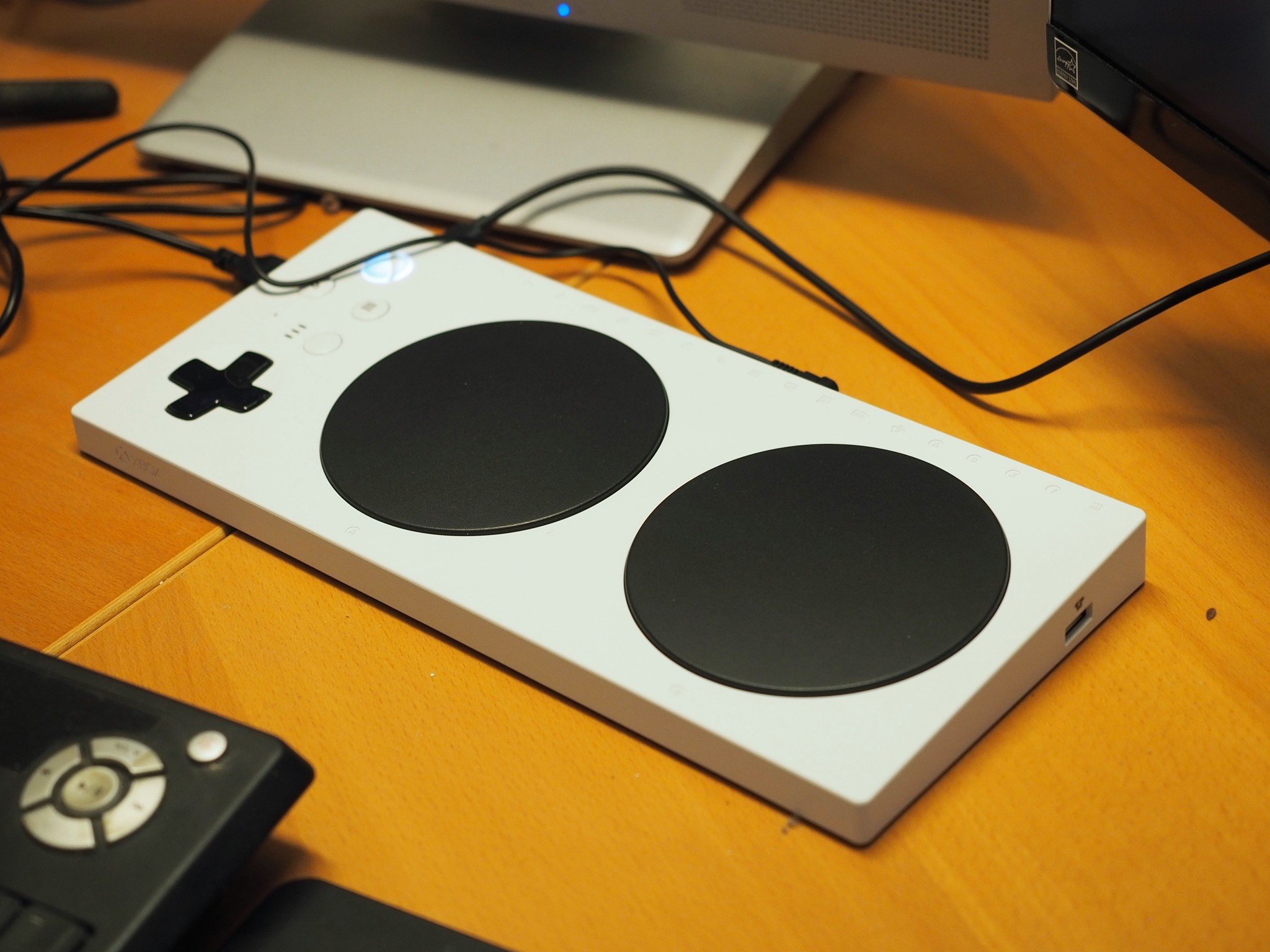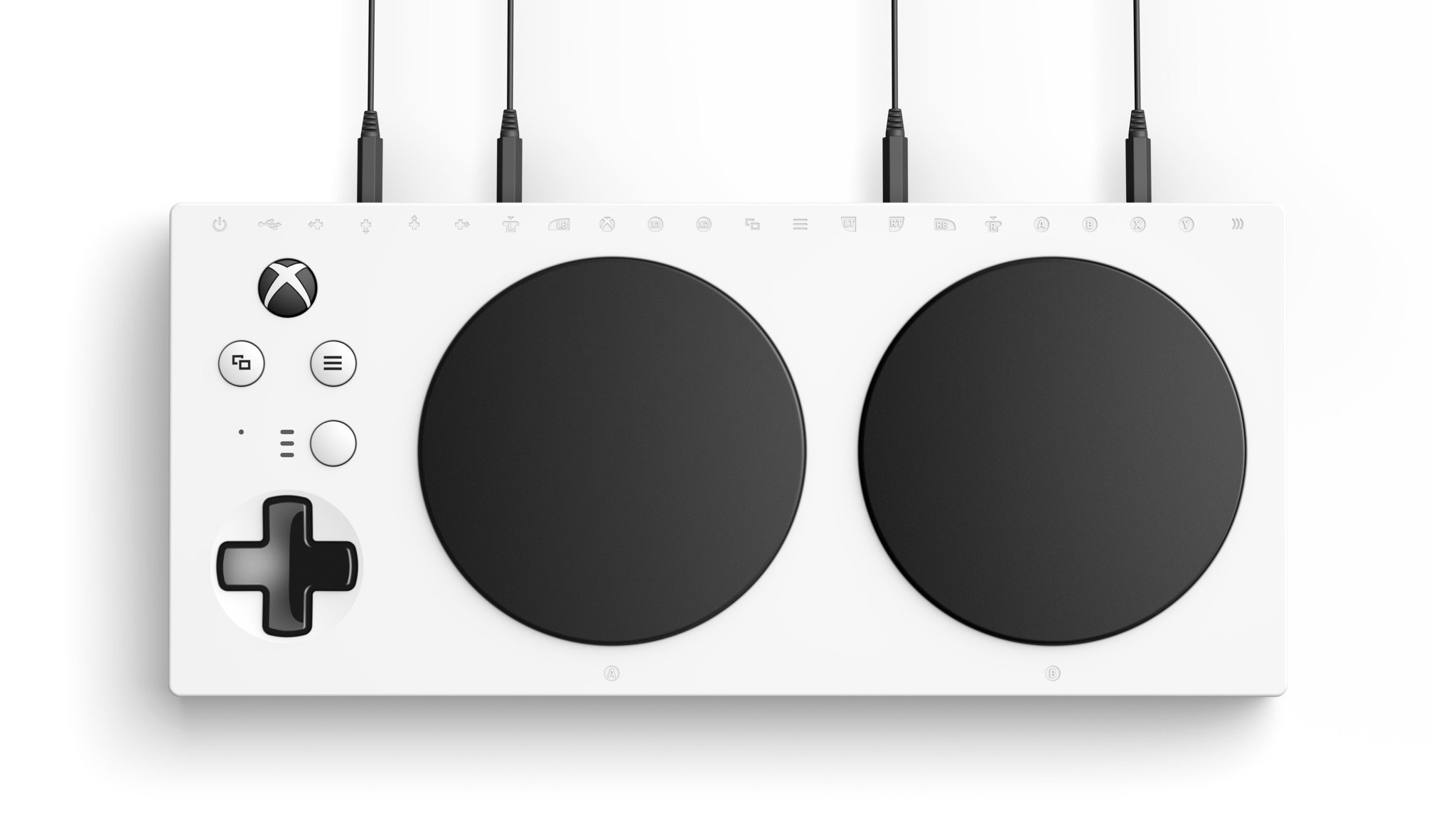Microsoft's quiet mission is to make technology accessible to everyone
Today, Thursday, May 16th, 2019, is Global Accessibility Awareness Day; and Microsoft is committed to ensuring that its technology, from conception to production is built for everyone – including the approximate 650 million people living with disabilities.

According to the "Disabled World towards tomorrow" website, 650 million people — nearly 20% of the world's population — are living with a disability. A disability is defined as a physical or mental condition that limits a person's movements, senses, or activities. Many millions of people around the world have limited access to the opportunities and technology the majority of the population enjoys without inhibition.
Global Accessibility Awareness Day's (GAAD) purpose is to get everyone "talking, thinking and learning about digital (web, software, mobile, etc.) access/inclusion and people with different disabilities."
Rather than just trying to build general awareness of these challenges, GAAD is promoting action by targeting the "design, development, usability, and related communities who are responsible for building, shaping, funding and influencing technology and its use." That means Microsoft, and it means you.
Have empathy because it could be you
Interview with GAAD co-founder Jennison Asuncion
GAAD was birthed eight years ago through a blog post written by Joe Devon, a Los Angeles-based web developer. Accessibility professional Jennison Asuncion, after reading the post, joined forces with Devon to create the first GAAD event.
GAAD is geared toward ensuring that the companies that make the products we use have the knowledge and resources to adhere to the strict standards of inclusive design and accessibility. Every year numerous events are held around the world to promote this mission.
On this Global Accessibility Awareness Day (GAAD), the realization that disabilities are both congenital (present at birth) and acquired throughout life is core to appealing to human empathy to build awareness and promote action for the needs of people with disabilities. Disabilities can affect anyone. As life expectancy increases (life spans over 70 years), so does the incidents of various impairments. Malnutrition, disease and child labor, particularly in developing countries, are also causes of disabilities. Armed conflict and violence also cause many of the disabilities with which millions are living. Accidents are a factor as well. Thus, it is important to remember, that someone who does not need technology to be made accessible for them today, may need it in the future.
All the latest news, reviews, and guides for Windows and Xbox diehards.
New blogpost: Accessibility needs to go mainstream now http://t.co/O1ngbwwMNew blogpost: Accessibility needs to go mainstream now http://t.co/O1ngbwwM— Joe Devon (@joedevon) November 27, 2011November 27, 2011
A disability can affect anyone at any stage in life.
Empathy, which is the driving force behind Microsoft's CEO Satya Nadella's passion for ensuring its products and services are accessible to all is an important characteristic for individuals, companies and leaders of industry to exercise. Without it hiring practices that promote the inclusion of people of varying abilities will not be part of a company's core mission. This ultimately robs companies of the valuable perspectives of the needs of important segments of the markets they serve.
Inclusive design is also a byproduct of genuine empathy in that it ensures that necessary time and resources are committed to guaranteeing products are designed from conception forward with every user in mind rather than "tacking" on accessibility options after a product is built.
How raising a son with disabilities helped Microsoft's CEO transform the company
Microsoft, inclusive design and accessibility
Nadella admits that his experience raising a son with severe Cerebral Palsy has made him an empathetic leader for Microsoft. He confessed in an interview (above video) that he initially saw his son's condition as something that happened to him; but after the selfless efforts of his wife he realized it had happened to his son Zane. This enabled him so see life through his son's eyes and to address his needs. This empathy has been made part of the company's core identity and is driving a mission of inclusive design to make sure everyone can use Microsoft's products and services.
This is an evolving challenge but Microsoft is aggressively positioning itself as a vocal leader by designing products and services that meet the needs of people with disabilities. Here are some areas where Microsoft is making technology accessible to people with disabilities. They've produced a number of products and programs to open up technology to even more users.
Microsoft's Immersive Reader battles Dyslexia
Immersive Reader is a feature Microsoft built first into OneNote and then expanded to other Microsoft tools and cross-platform products. It has been used by millions and has succeeded in helping people with Dyslexia overcome their challenges.
Microsoft's Seeing AI app helps the blind to 'see'
Created by a Microsoft programmer with blindness, Saquib Shaikh, Seeing AI leverages artificial intelligence and Microsoft's Cognitive Services to describe the world to people who can't see it . This enables them to interact, navigate and provides a level of autonomy they might otherwise not have.
Microsoft's Project Emma confronts Parkinson's Disease
Microsoft's Project Emma is the company's investment in combatting Parkinson's Disease. The Emma Watch, which sparked the more expansive Project Emma, helps to control the tremors associated with Parkinson's Disease.
Windows Eye Gaze gives hope to people with quadriplegia
Microsoft's Eyes Gaze technology was birthed from Microsoft's efforts to help people who cannot navigate Windows with their hands. Using just their eyes, people with immobilizing conditions like ALS can navigate Windows and even type entire articles using only their eyes.
Cortana makes Windows 10 setup easy for everyone
Setting up Windows on a new PC can be daunting for some. And for those with limited movement, using your voice in conjunction with Cortana to set up Windows can be liberating.
Microsoft's Autism Hiring Program
Microsoft's Autism Hiring Program is a modified multi-faceted hiring process that navigates around the social-interaction barriers many people with autism face. Microsoft has allied itself with the Autism @ Work Roundtable to help bring its successful model to other companies.
Microsoft's Xbox Adaptive Controller makes everyone a gamer
Microsoft's Xbox Adaptive controller is an ambitious device filled with a host of ports allowing users to configure the controller to their specific needs. This device has opened the world of gaming to millions of people who were previously shut out.
Microsoft patents Xbox Braille controller

Earlier this month a Microsoft patent for a Braille panel incorporated into an Xbox Elite Controller surfaced. Microsoft is very serious about including everyone in its products and services.
Global Accessibility Awareness Day and you
On this GAAD make an effort to not only know about the issues, but perhaps you can find a way to be a part of doing something to make technology accessible for everyone. Check out the activities and events going on around the world; perhaps there is something near you.

Jason L Ward is a Former Columnist at Windows Central. He provided a unique big picture analysis of the complex world of Microsoft. Jason takes the small clues and gives you an insightful big picture perspective through storytelling that you won't find *anywhere* else. Seriously, this dude thinks outside the box. Follow him on Twitter at @JLTechWord. He's doing the "write" thing!

